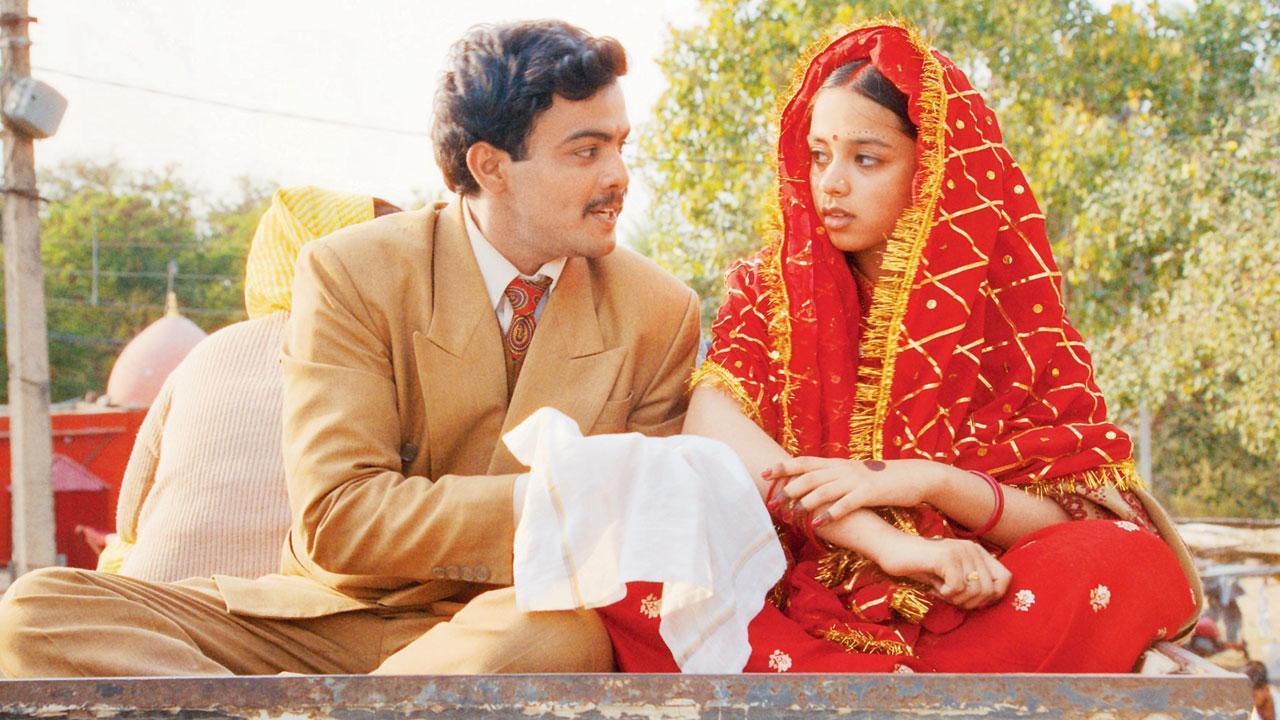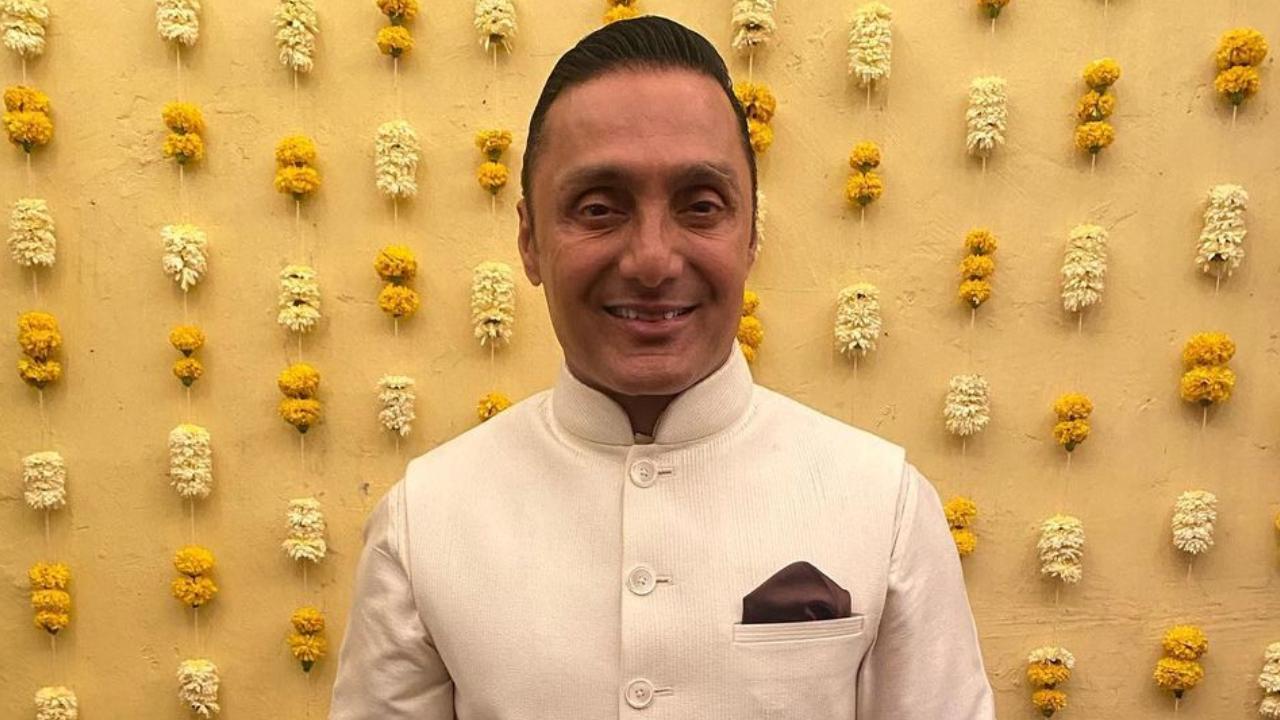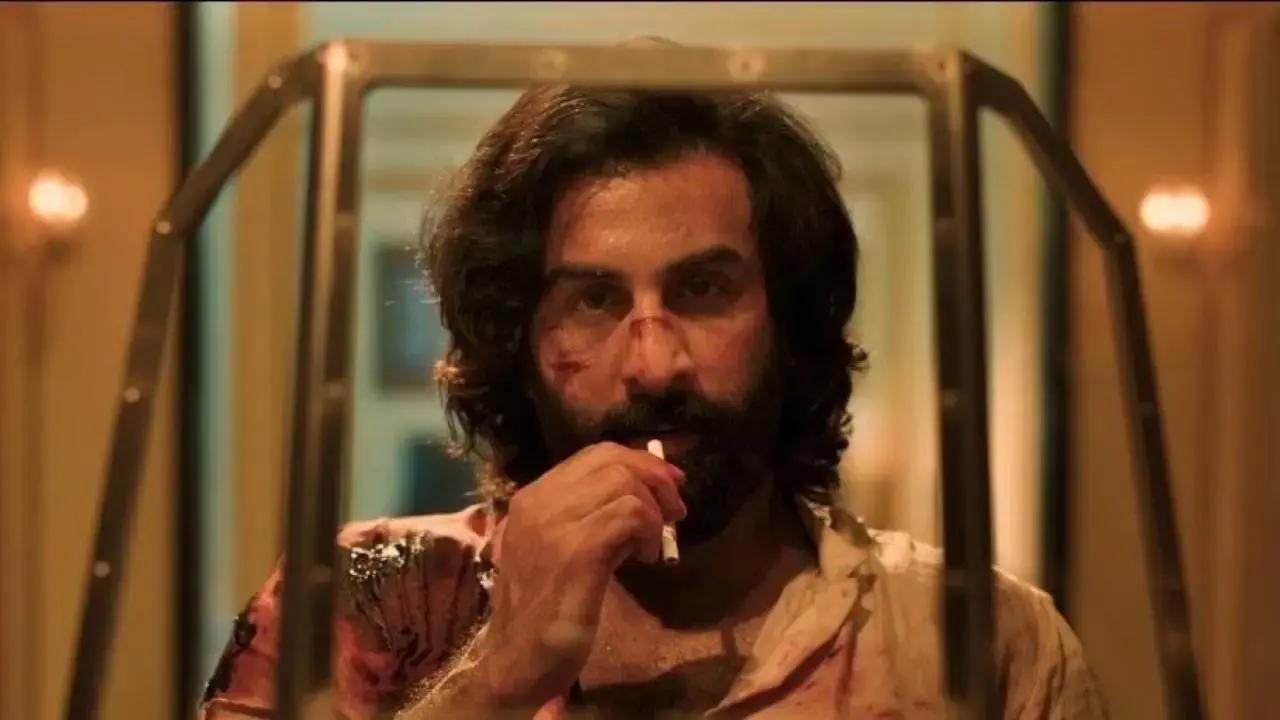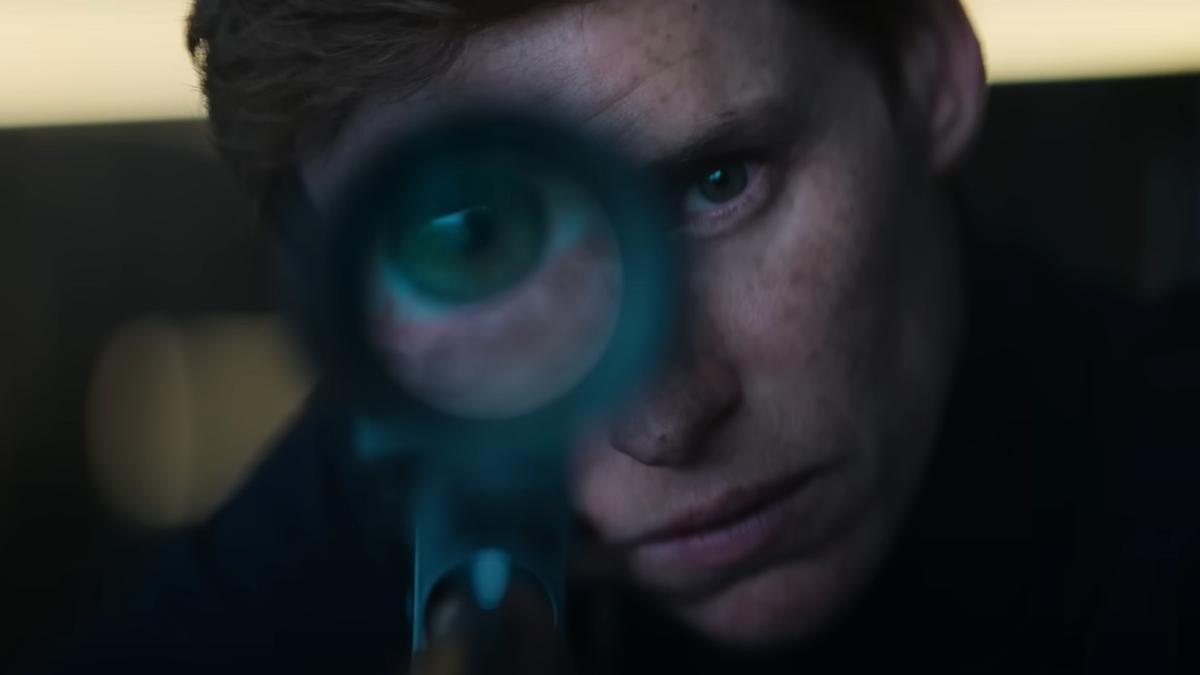
In a curious twist of cinematic fate, filmmaker Ananth Mahadevan has identified unexpected parallels between the recent well-received comedy, Laapataa Ladies, and his own directorial venture from nearly a quarter of a century ago, Ghunghat Ke Pat Khol. The resemblances between the two films have not only tickled Mahadevan but raised eyebrows over the originality of the contemporary plot.
Upon its release, Laapataa Ladies, directed by noted filmmaker Kiran Rao, commanded attention for its humor-tinted spotlight on women empowerment. The story introduces audiences to two brides whose identities become entangled due to their veiled faces amidst the bustling ambience of a train journey. However, the strikingly similar premise had previously been explored in Ghunghat Ke Pat Khol, as confirmed by Ananth Mahadevan himself. He chuckles at the notion, but can’t help noticing what appears to be an uncanny replication: “I’ve seen Laapataa Ladies, and the beginning, along with many incidents, seems lifted from my work.”
The 1999 film starred Joy Sengupta, Vishal Varma, Neha Pendse, and Sucheta Khanna in a scenario where a groom is thrown into confusion, mistaking his bride, veiled and waiting at a station bench, for another. As the entangled story unravels, each bride is drawn to the other’s spouse, leading the quartet to invalidate their initial marriages and re-tie nuptial knots in a partner swap.
Despite the comedic upheaval, Mahadevan is quick to spotlight how the narrative in Laapataa Ladies diverges to illuminate the fortitude of its female protagonists. His reflection suggests an enigmatic duality where imitation may well be the sincerest form of flattery. Nevertheless, he cannot overlook aspects that seem ripped from his film reel to reel. Mahadevan recalls a particular scene – a perplexed police officer scrutinizing a photograph of a woman in a ghunghat – which he claims emanated from his film, albeit with a different character beholding the image.
Adding to Mahadevan’s bewilderment is the vanishing act of Ghunghat Ke Pat Khol from the online troves of YouTube, where until not long ago, it was freely available. The timing of its disappearance, juxtaposed with the release of Laapataa Ladies, stirs up a cauldron of concern and speculation. Mahadevan, steering clear of confrontation, has refrained from approaching the Laapataa Ladies team, alluding, with a touch of irony, that they would likely emphasize narrative dissimilarities rather than the apparent similarities.
Meanwhile, writer Biplab Goswami, whose narrative construct underpins Laapataa Ladies, alongside co-contributors Sneha Desai and Divyanidhi Sharma on screenplay and dialogue, vehemently denies any insinuation of intellectual pilferage. Goswami, a product of the prestigious Satyajit Ray Film and Television Institute in Kolkata, emphasizes his principled approach to storytelling. His script, recognizing the accolade of first runner-up at the Cinestaan India’s Storytellers Contest in 2018, was born from a synopsis drafted a decade earlier. The storyteller assures that his creative process was not influenced by external narratives, be it Mahadevan’s 1999 creation, Tagore’s literary classic, or serendipitous real-life anecdotes relayed from bygone eras.
Amid contrasting assertions of creative originality and suggestive echoes of the past, Laapataa Ladies thrives in the present, poised between the realm of homage and the threshold of coincidence. Both movies, narrative doppelgängers separated by decades, champion their respective tales of love and confusion in their unique whimsical ways. And as the curtains rise and fall upon each cinematic journey, the audience is left to ponder the delicate threads of inspiration that wind through the loom of storytelling, perpetually weaving old yarns into new tapestries.










